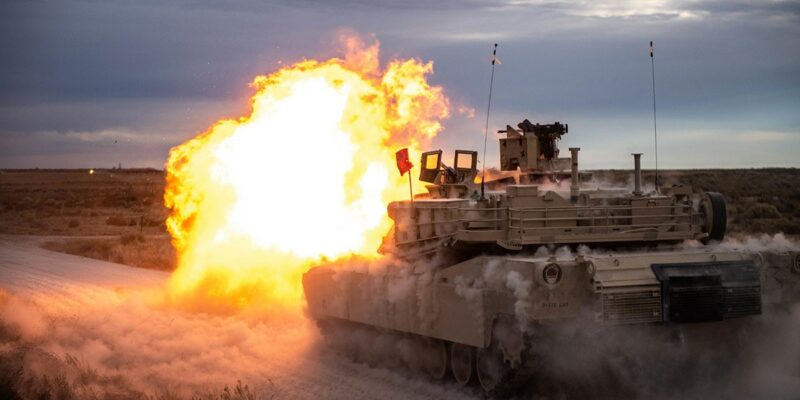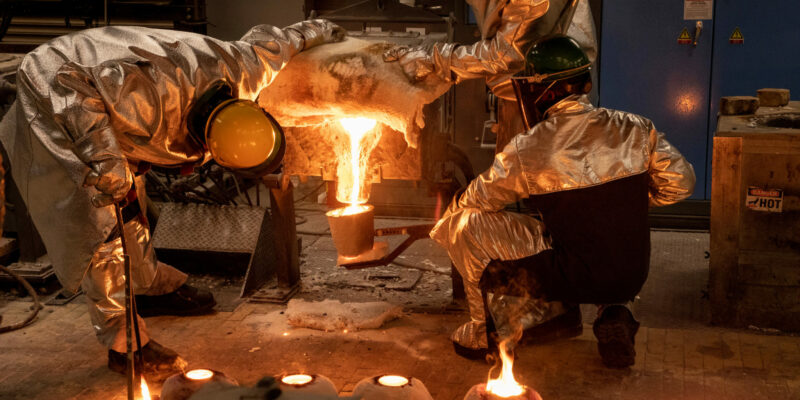Tag: Kent D. Peaslee Steel Manufacturing Research Center
Steelmaking research saves energy, reduces costs with fiber optics
About 70% of steel production in the United States uses the electric arc furnace (EAF) process to melt scrap and virgin iron to create steel in a much more energy-efficient process than smelting from ore. But EAF steelmaking efficiency is dependent on many factors, and researchers at Missouri University of Science and Technology are working to save energy and costs related to EAF steel production by using fiber optic sensors.
Read More »$20 million grant funds effort to develop ultra-high strength and lightweight steels for U.S. Army
As the U.S. Army modernizes weapons systems and combat vehicles, researchers at Missouri S&T are developing lightweight and ultra-high-strength steels for next-generation combat vehicles that improve blast resistance and lower transportation costs.
Read More »Researchers awarded $2.2 million grant to develop sensors for steelmaking
Steelmaking involves the handling of corrosive metal and oxide fluids at extremely high temperatures – about 1,600 degrees Celsius, which is several hundred degrees hotter than fresh lava from Mount Kilauea in Hawaii. Measuring the temperature, chemistry and fluid flow of molten steel under these conditions in real time is important to enable rapid responses to the changes in the steel during its production, according to researchers. The U.S. Department of Energy has awarded Missouri S&T part of a $2.2 million grant to develop new, more efficient ways to measure temperature, flow and chemistry during steelmaking to cut costs and improve worker safety.
Read More »

